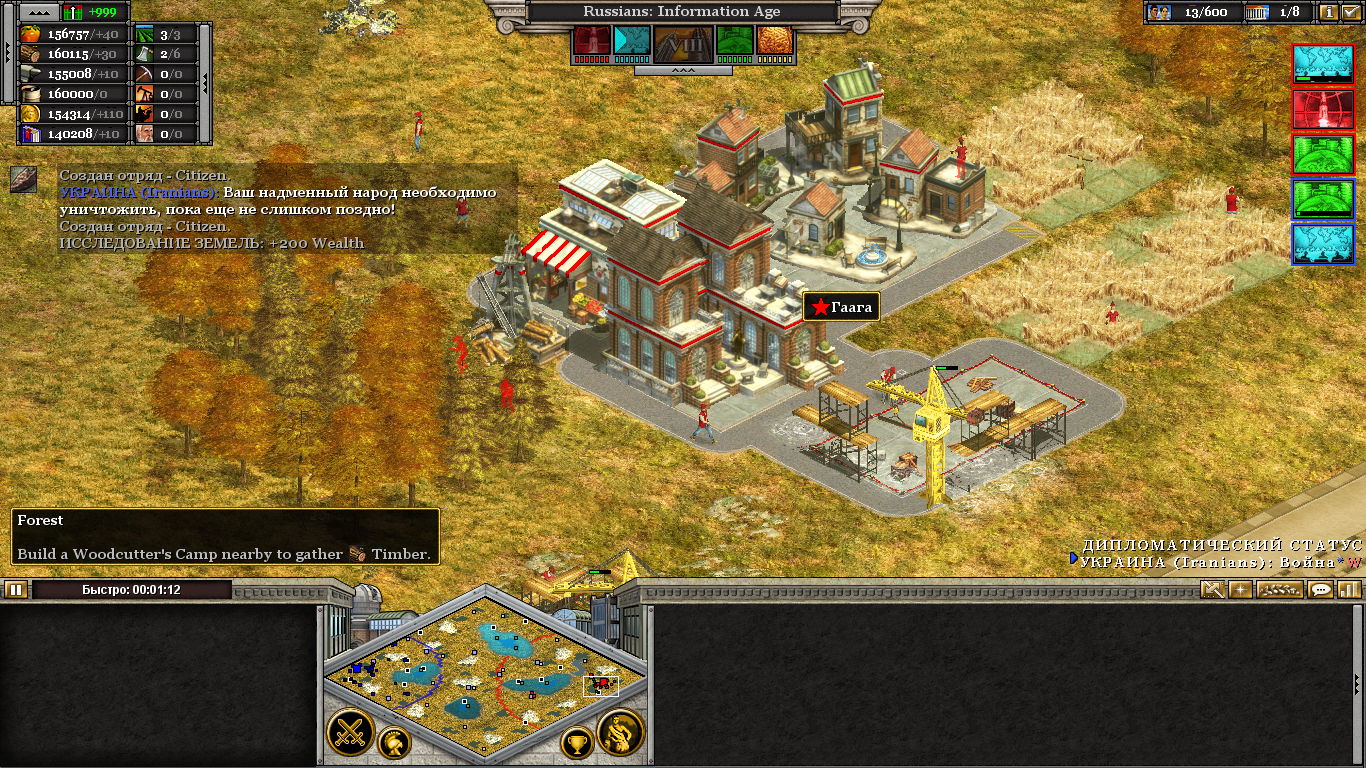
If you want to change the name of the map and the image, etc. Just start adding trees, etc, with the forest tool and any other objects you want (as in video). Just note that for some reason, although HighDef's template map is awesome, the asphalt prepped texture has ridiculous grip, so avoid it.ġ9. Then paint the relevant/chosen material (asphalt/dirt/etc) under the road (this is what gives you the driving physics, so is essential). Apply the road texture (The ones in the Altitude map are excellent, with road lines included, but you will need to modify the materials file, and that is a whole new tutorial that I can't be arsed with right now).ġ8. Then delete the mesh (Actually, I usually just drop it below the map, so I can bring it back later if I want to change something or I balls something up)ġ7. This brings the terrain to the mesh you just laid, and smooths it under the mesh.ġ6.

Apply lower to mesh AND raise to mesh at 100% all along your road. Lower it to the ground level (the more mesh parts you place, the more it will follow the terrain, and the less cut-throughs or raised sections you will have).ġ4. Place a mesh road (use a wider road than the final road you want - i.e for a road width of 10, I use 15-20 for the mesh) where you want the road, it will lay a bit above the ground.ġ3. This always used to cause me trouble, and I prefer the road decals to the mesh road, so this is the method I use:ġ2. Then place the water plane where you want itġ1. The textures will not do as they're told and you will likely have to assign them several times, re-adding them in the Terrain Painter window (at least on my version).ĩ. Assign your terrain types to your terrain maps as per video (pick the ones you want, you might notice I changed the mud to dirt when mud looked crap. Import your heightmap and terrain maps (use the same metres per pixel as used when generating it, or it'll be a different size - set the height as you want it, but you can always change it - you want to get it right now though, as once you have roads/trees etc, you can't change it so easily.)Ĩ. Then load up BeamNG and your level from HighDef's templateħ. (You can also use images with the roads in white - I overlay a map on QGIS and then paint over the top - this will make road laying lots easier).Ħ. These will tell Beam where to paint the different terrains, saving you the trouble. Then turn each of these to binary black/white with your favourite method and save as separate PNGs, named GRASS or ROCK, etc. take all the grass (I use select by colour) and paste into a different layer or image. Separate the colours of the Attribute Map by terrain type. Create a Heightmap (if you have one already, make sure it is 2048x2048 or less, 512 or 1024 work, and import into LD3t) as in video (use whatever settings you like, but get it to create an Attributes Map too (pick a climate similar to the map style you want).Ĥ.Export the Heightmap and Attribute map as PNGs to your level folder, or a folder in your level folder (e.g. Get HighDef's Loaded Template Map from the repositoryģ.
L3dt terrain downloads free#
If you have questions, feel free to ask, but I can't guarantee I'll be able to help.ġ.

This isn't a hand-holding tutorial, more a demonstration. I usually speed up the video when it is boring, but you can play it slowly if you want to copy anything. I also do a few other little bits and bobs. I've uploaded a tutorial on youtube showing how I make new maps.


 0 kommentar(er)
0 kommentar(er)
